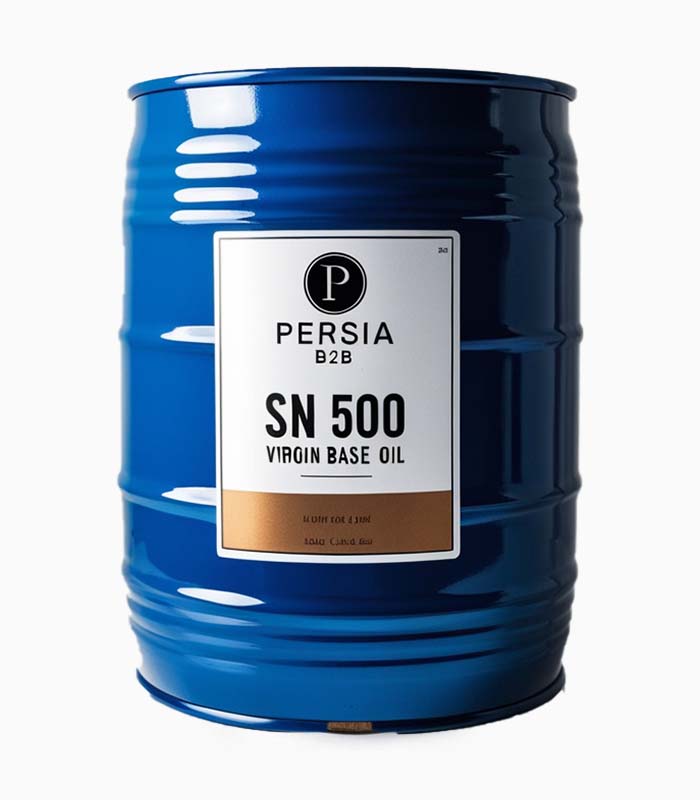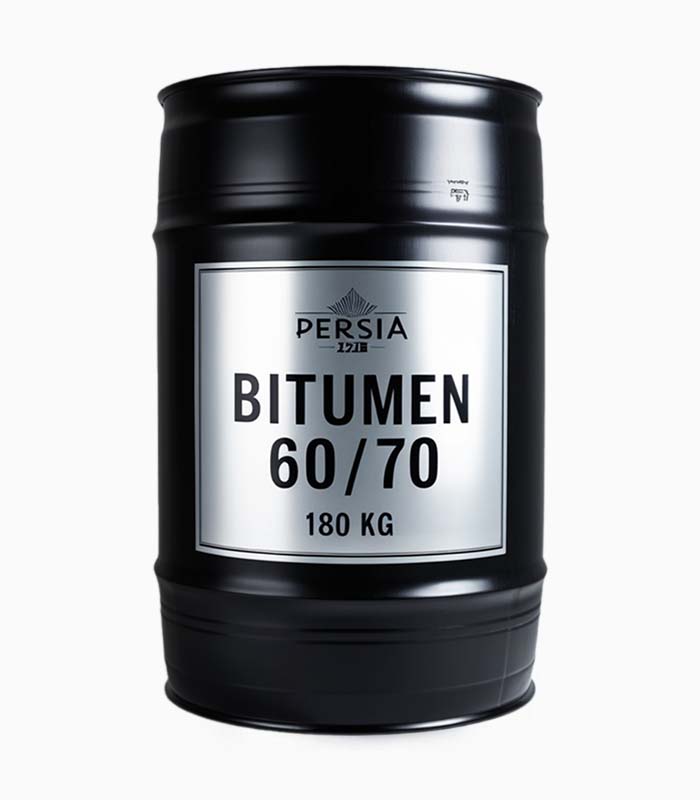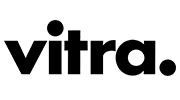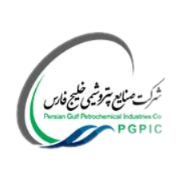Iranian Goods and Export Products
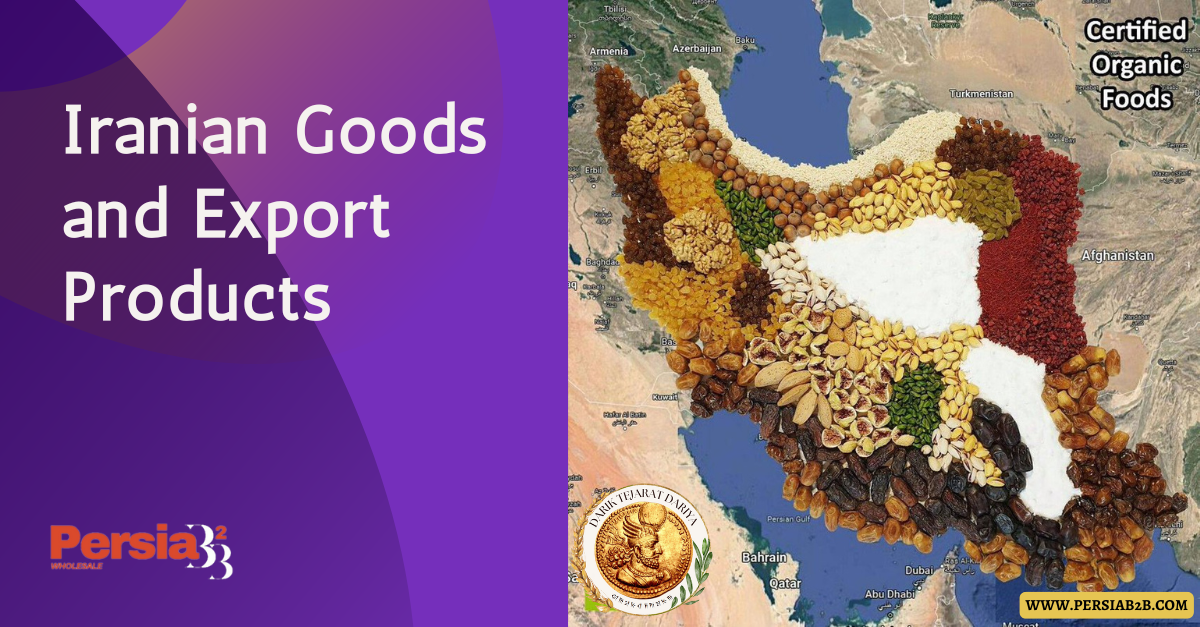
Iranian Goods and Export Products: How Quality and Right Pricing Increase Profits for Global Importers
- Overview of Iran’s Export Market: Brief introduction to Iran’s rich resources, competitive industries, and the growing appeal of Iranian goods in the international market.
- Value for Importers and Traders: Emphasis on how quality Iranian products at the right prices provide importers with high profit potential.
- Introduction to Darik Tejarat Dariya: Introduction of Darik Tejarat Dariya as a premier facilitator for sourcing authentic Iranian goods, ensuring competitive pricing, quality assurance, and efficient communication with suppliers.
1. Key Iranian Export Products: Competitive Sectors with High Demand
1.1. Oil and Petrochemical Products
- Iran’s Role in Oil Exports: Description of Iran’s position as a major oil exporter and its range of petrochemical products.
- Popular Petrochemical Exports: List of high-demand products, such as methanol, urea, and polyethylene.
- Benefits for Importers: How sourcing petrochemical products from Iran can meet international quality standards and provide cost advantages.
Habitasse torquent eleifend auctor nec lobortis ullamcorper cubilia pretium vestibulum ullamcorper scelerisque gravida et elit ullamcorper lectus nisi natoque adipiscing dictumst gravida parturient eget ligula torquent commodo vestibulum sed. Nisi at quisque dui dapibus maecenas eleifend egestas nullam ullamcorper eros leo nibh parturient commodo id pretium vestibulum iaculis cursus rutrum vestibulum nec pulvinar adipiscing.

1.2. Agricultural Products
- High-Quality Agricultural Goods: Overview of top agricultural exports such as saffron, pistachios, dates, and raisins.
- Unique Selling Points: Explanation of why these products are prized globally for their quality and flavor.
- Pricing and Profitability: Insights on how Iranian agricultural products offer attractive pricing without compromising quality, boosting profit margins for importers.
1.3. Handmade Goods and Crafts
- Artisanal Heritage: Description of Iran’s rich tradition in handicrafts, including Persian carpets, pottery, and metalwork.
- Why Iranian Handicrafts Stand Out: Explanation of their uniqueness, cultural value, and demand in global markets.
- Profit Potential: How importers can capitalize on the premium value of Iranian crafts, especially in markets appreciating artisanal goods.
Base oil SN150-SN 500
Bitumen 6070,8525,9015
Ethylene glycol
Heavy and light sodium carbonate
High Purity Sulfur
High quality 46% granulated urea
High quality 46% Prilled Urea fertilizer
Linear alkyl benzene (LAB)
1.4. Industrial Products and Minerals
- Diverse Industrial and Mineral Resources: Overview of Iran’s export capabilities in minerals, including copper, zinc, and iron ore.
- Demand in Global Markets: Explanation of why these resources are essential for industries worldwide and Iran’s competitive edge in supplying them.
- Cost Efficiency and Quality: How Iran’s mineral exports offer competitive prices and quality suitable for industrial applications.
1.5. Textiles and Leather Goods
- Growing Textile and Leather Industry: Overview of the textile and leather export market, focusing on quality and craftsmanship.
- Market Demand: Insights on international markets where Iranian textiles and leather goods are gaining popularity.
- Price Competitiveness and Profit Potential: How reasonable prices and quality increase profitability for traders.
Why Iranian Goods are Profitable for Importers: The Value Proposition
2.1. Competitive Pricing
- Lower Production Costs in Iran: How Iran’s favorable economic conditions enable lower production costs.
- The Impact on Importers’ Profit Margins: Explanation of how competitive pricing allows importers to mark up prices in their domestic markets.
2.2. Quality Assurance in Key Sectors
- Standards and Certifications: Overview of the standards Iranian exporters meet for international markets.
- How Quality Enhances Marketability: The role of quality in ensuring repeat business and brand reputation for importers.
2.3. Unique Products Not Found Elsewhere
- Exclusivity of Certain Iranian Goods: How unique items like saffron, Persian carpets, and certain petrochemicals provide importers with exclusive products.
- Building Brand Value with Unique Products: Explanation of how these unique goods can differentiate importers in competitive markets.
2.4. Proven Demand in Global Markets
- Case Studies of Success in Major Markets: Examples of how Iranian products perform in regions like Europe, Asia, and North America.
- The Power of Niche Markets: Explanation of niche demand for Iranian crafts, spices, and agricultural products.
3. Challenges in Importing Iranian Goods and How to Overcome Them
3.1. Navigating Regulations and Compliance
- Import and Export Restrictions: Overview of potential regulatory challenges.
- Working with Experienced Brokers: How intermediaries can streamline compliance and logistics.
3.2. Ensuring Authenticity and Quality
- Identifying Genuine Suppliers: Tips for avoiding counterfeit products.
- Importance of Quality Assurance Services: Explanation of how third-party verification can ensure quality consistency.
3.3. Logistics and Transportation
- Shipping Considerations for Iranian Goods: Overview of logistics, transit routes, and common challenges.
- Efficient Shipping Solutions: Tips on how to streamline the process with reliable logistics partners.
Your Trusted Partner for Importing Iranian Goods
4.1. About Darik Tejarat Dariya
- Company Overview: Background of Darik Tejarat Dariya as a new but credible import-export company, founded in 2024.
- Membership in the Iran Chamber of Commerce: Importance of this membership as a sign of reliability and commitment.
4.2. Comprehensive Sourcing Services
- Direct Connections with Reliable Suppliers: How Darik Tejarat Dariya connects importers with trusted Iranian suppliers.
- Product Variety and Quality Assurance: Overview of product categories and the company’s emphasis on quality.

4.3. Pricing Transparency and Negotiation Support
- Assistance with Competitive Pricing: How Darik Tejarat Dariya negotiates favorable terms for importers.
- Transparent Contracts and Communication: Importance of clear communication and transparency in facilitating successful transactions.
4.4. Quality Assurance and Compliance
- Ensuring Product Quality: How Darik Tejarat Dariya employs quality checks and guarantees authenticity.
- Compliance with International Standards: Overview of how the company ensures compliance with the regulations of the importing country.
4.5. Logistics and Delivery Solutions
- Streamlined Shipping Process: Explanation of how the company manages logistics for timely delivery.
- Support with Customs and Documentation: How Darik Tejarat Dariya assists importers in navigating customs processes.
4.6. Customer Service and After-Sales Support
- Dedicated Support Team: Overview of the company’s customer service practices.
- After-Sales Support for Importers: How Darik Tejarat Dariya ensures importer satisfaction even after transactions are completed.
6. The Future of Iranian Imports: Trends and Opportunities
6.1. Rising Global Demand for Saffron and Organic Products
Health and Wellness Trends: How health-focused products like saffron are gaining popularity.
6.2. Increased Demand for Sustainable and Handmade Goods
Artisan Goods and Sustainability: Why markets value handmade and sustainable products from Iran.
6.3. Expansion in the Textile and Leather Sectors
Growth Potential in Fashion Markets: How Iranian textiles and leather goods are penetrating fashion markets.
6.4. The Role of Technology in Streamlining Trade
Digital Platforms for Trade: The role of e-commerce and digital trade platforms in boosting Iran’s export capabilities.


































